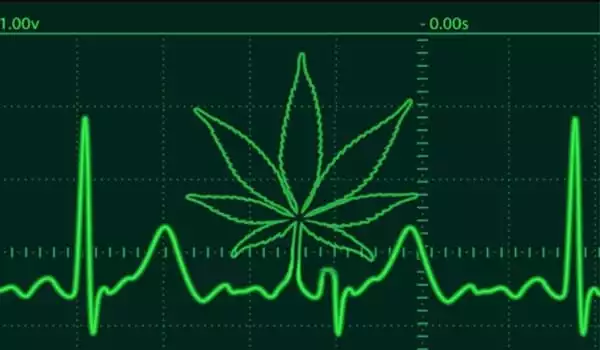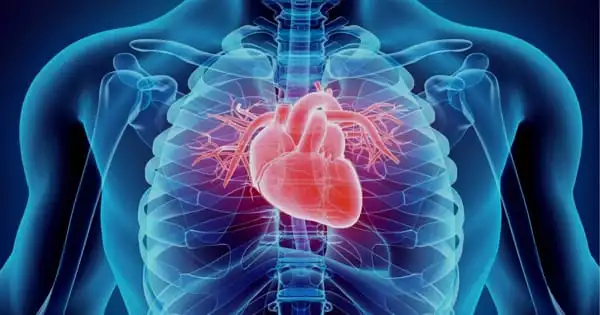Marijuana is the most commonly abused illicit drug in the United States (US) and much of the Westernized World, with usage and abuse steadily increasing over the last decade, particularly among adolescents. Much of the research on 9-tetrahydrocannabinol (THC), the main psychoactive ingredient in marijuana, focuses on its neurological effects and anti-emetic properties, with little on THC’s cardiovascular (CV) effects.
Researchers have discovered a new reason why regulators should pause before relaxing marijuana laws: the drug can literally change a user’s heart. The study was published in the journal JACC Cardiovascular Imaging by the research team. In it, they describe their analysis of heart scans from 3,407 healthy people collected as part of the UK Biobank study.
According to the findings, people who use marijuana on a regular basis have a larger left ventricle, which is the main pumping chamber of the heart. The British researchers found that regular stoners had early signs of impaired heart function, as measured by how the fibers of the heart muscle deformed during contraction. However, once a person stops using marijuana, the heart appears to recover in both size and function, according to the study.
Researchers have discovered a new reason why regulators should pause before relaxing marijuana laws: the drug can literally change a user’s heart.
Mohammed Khanji
47 of those people were regular marijuana users, which means they smoked it on a daily or weekly basis within the previous five years. Another 105 had used cannabis on a regular basis for at least five years prior, while the rest had used it only infrequently or never at all.
The researchers discovered a link between regular current marijuana use and an enlarged left ventricle in the heart. They also discovered early signs of impaired heart function in current users, which they measured using the deformation of heart muscle fibers during contraction.
“We believe this is the first study to systematically report changes in heart structure and function associated with recreational cannabis using cardiac MRI, which is a very sensitive imaging tool and the current reference standard for assessing cardiac chambers,” said researcher Mohammed Khanji in a press release.

The team did notice that the left ventricle mass was the same in all three groups, as was the amount of blood emitted by the chamber with each heartbeat. It also acknowledged that the study had several limitations, such as the fact that the participant group was 96 percent white and was required to self-report their cannabis use.
“We believe this is the first study to systematically report changes in heart structure and function associated with recreational cannabis using cardiac MRI, which is a very sensitive imaging tool and the current reference standard for assessing cardiac chambers,” said Dr Khanji, who is also a consultant cardiologist at Newham University Hospital and Barts Heart Centre, both part of Barts Health NHS Trust.
The World Health Organization has issued a warning about the potentially harmful health effects of non-medical cannabis use and has called for more research into the cardiac impact in particular. “Nonetheless, the researchers believe the associations they discovered are significant enough to warrant further research, particularly given the trend toward marijuana legalization.”
“We urgently need systematic research to determine the long-term effects of regular cannabis consumption on the heart and blood vessels,” Khanji said. “This would enable health care providers and policymakers to provide better advice to patients and the general public.”
The World Health Organization has issued a warning about the potentially harmful health effects of non-medical cannabis use and has called for more research into the cardiac impact in particular. Despite the fact that the study took into account factors such as age, diabetes, blood pressure, smoking, and alcohol consumption, Khanji admitted that it had limitations.
The over-representation of Caucasian participants (96%), the relatively low number of regular cannabis users, the reliance on self-reported usage of a drug that remains illegal in the United Kingdom, and the potential impact of unmeasured confounding factors were among them.














